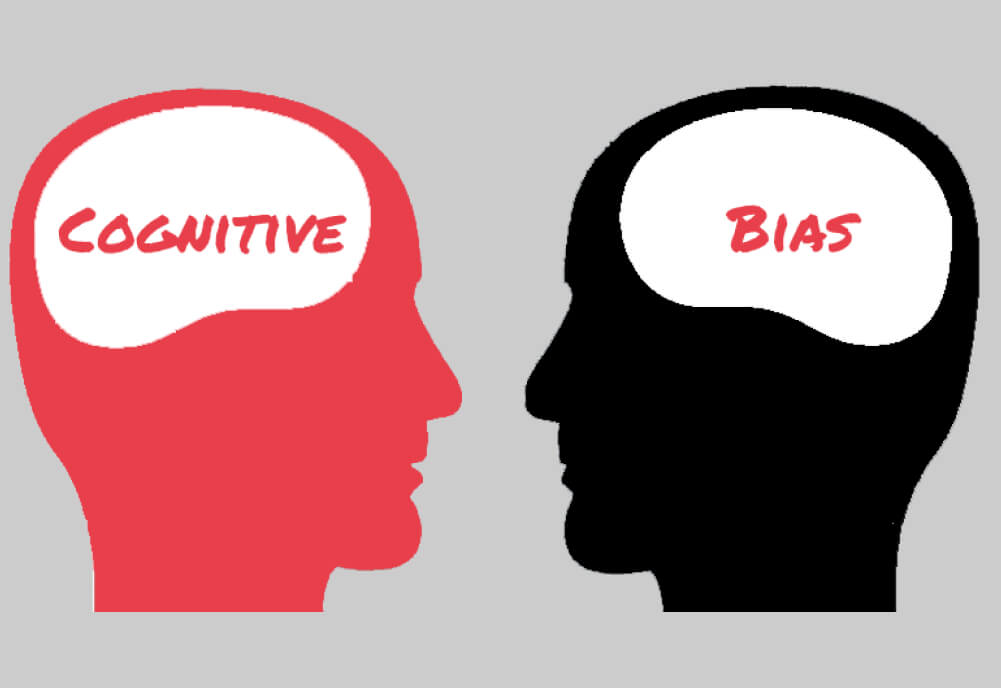
Avoiding bad decisions
Decision-making is essential for any leader, but bad decisions can undermine your influence. One of the causes of poor decisions is cognitive biases. Cognitive biases are thinking patterns that lead people to make irrational or incorrect decisions. They can influence our judgment, perception, and interpretation of information, often without awareness. Cognitive biases can be dangerous because they can lead to errors in decision-making, which can have negative consequences.
There are many types of cognitive biases, but some of the most common include confirmation, availability, and anchoring.
Confirmation bias – When we seek information confirming our pre-existing beliefs and ignore evidence contradicting them. This can lead to a distorted view of reality and prevent us from seeing other perspectives.
Availability bias – The tendency to rely too heavily on readily available information rather than seeking more diverse sources of information. This can lead to an incomplete understanding of a situation or problem.
Anchoring bias – The tendency to rely too heavily on the first piece of information encountered when deciding and to be overly influenced by that information. This can lead to an over-reliance on one aspect of a situation and prevent us from considering other factors.
So, how can we avoid cognitive biases? Here are some strategies to help:
- Be aware of your biases: The first step in overcoming cognitive biases is acknowledging they exist. By being aware of your biases, you can actively work to reduce their influence on your decision-making.
- Seek out diverse sources of information: To avoid availability bias, it’s vital to seek out a wide range of sources of information. This can include talking to people with different perspectives, reading articles from different viewpoints, and seeking out information from experts in the field.
- Consider the opposite: When making decisions, it can be helpful to consider the opposite of your initial thoughts. This can help overcome confirmation bias by allowing you to consider other perspectives and challenge your beliefs.
- Take a step back: When faced with a difficult decision or problem, it can be helpful to take a step back and consider the situation from a more objective perspective. This can help reduce the influence of anchoring bias and allow you to consider all available information.
- Use data and logic: Finally, using data and logic can help reduce cognitive biases’ influence. By relying on objective information and logical reasoning, you can make more rational decisions that are less likely to be influenced by cognitive biases.
Cognitive biases are a common but dangerous phenomenon that can lead to irrational decision-making. Using these tactics, you can reduce the influence of cognitive biases and make more rational decisions.